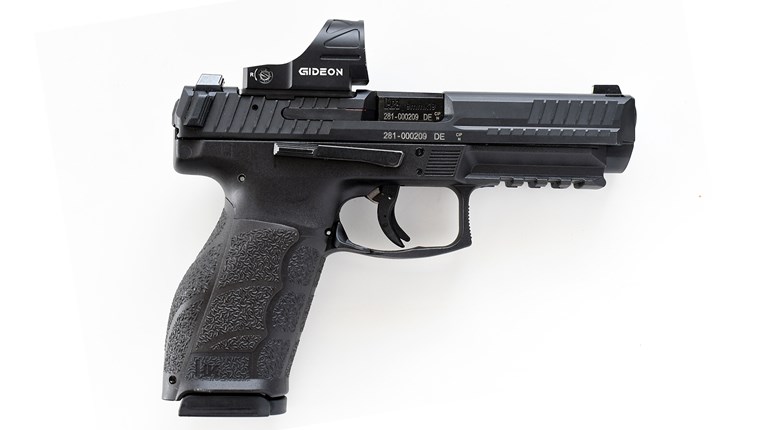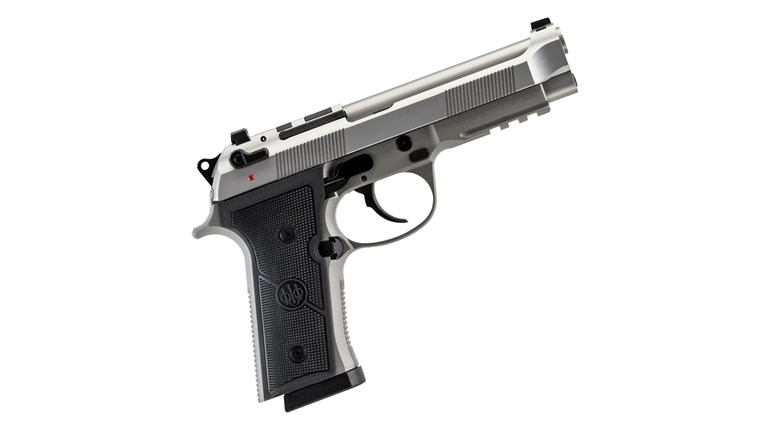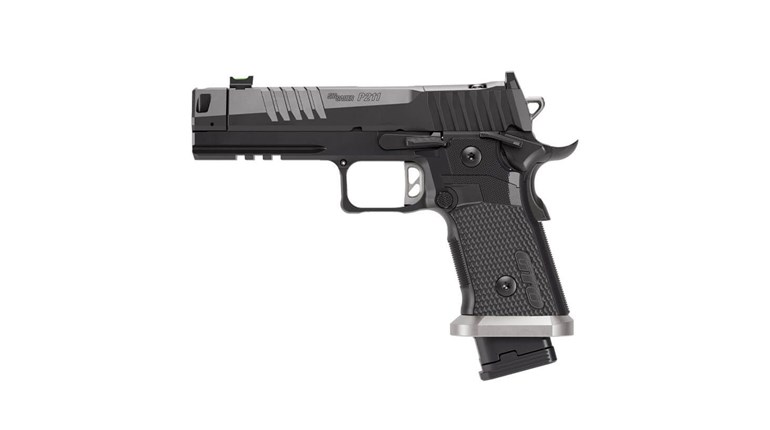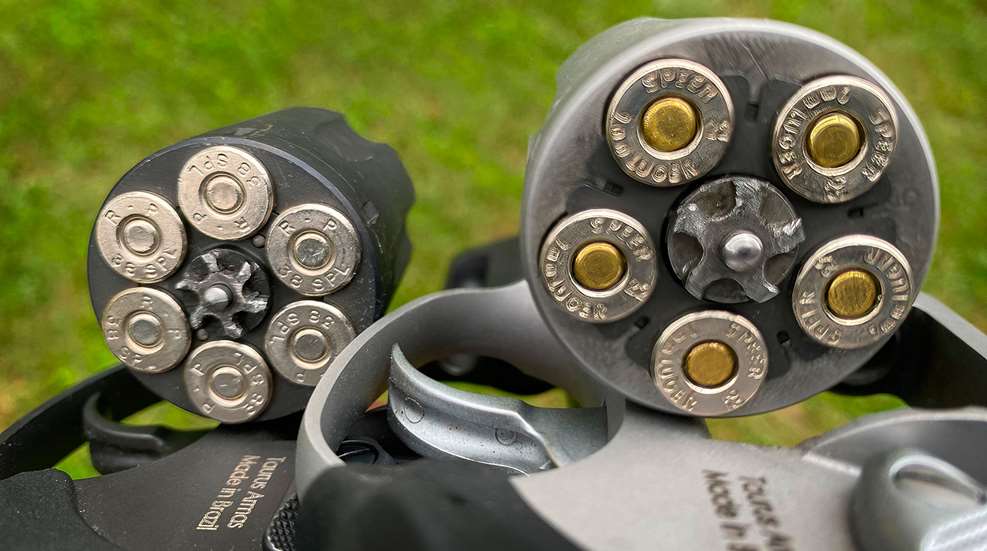
.38 Special enjoys much fame, as one of the most classic modern revolver cartridges. On the other hand, 9mm revolvers are a bit of an anomaly, as that round was designed around semi-auto pistols. However, 9mm is the world’s most popular pistol round, which means that the round is extremely easy to come by and merits some further attention when it comes to snub nosed revolvers. I decided to shoot and evaluate two Taurus snub nosed revolvers with 2-inch barrels, the standard Taurus 856 (.38 Special) and the Taurus 905 in 9mm. My goal was to compare and contrast both of the pros and cons of . 38 Special vs 9mm in the “same gun.” I also wanted to learn more about their strengths and weaknesses in small-format revolvers. Both the Taurus 856 and 905 are identical in size and weight. Both fit in the same holsters as well. The only practical difference is that the Taurus 856 includes a sixth charge hole for an extra round. Like the majority of other similarly sized 9mm revolvers, the Taurus 905 only has 5 charge holes because extra material between charge holes is used to safely contain higher 9mm pressures.
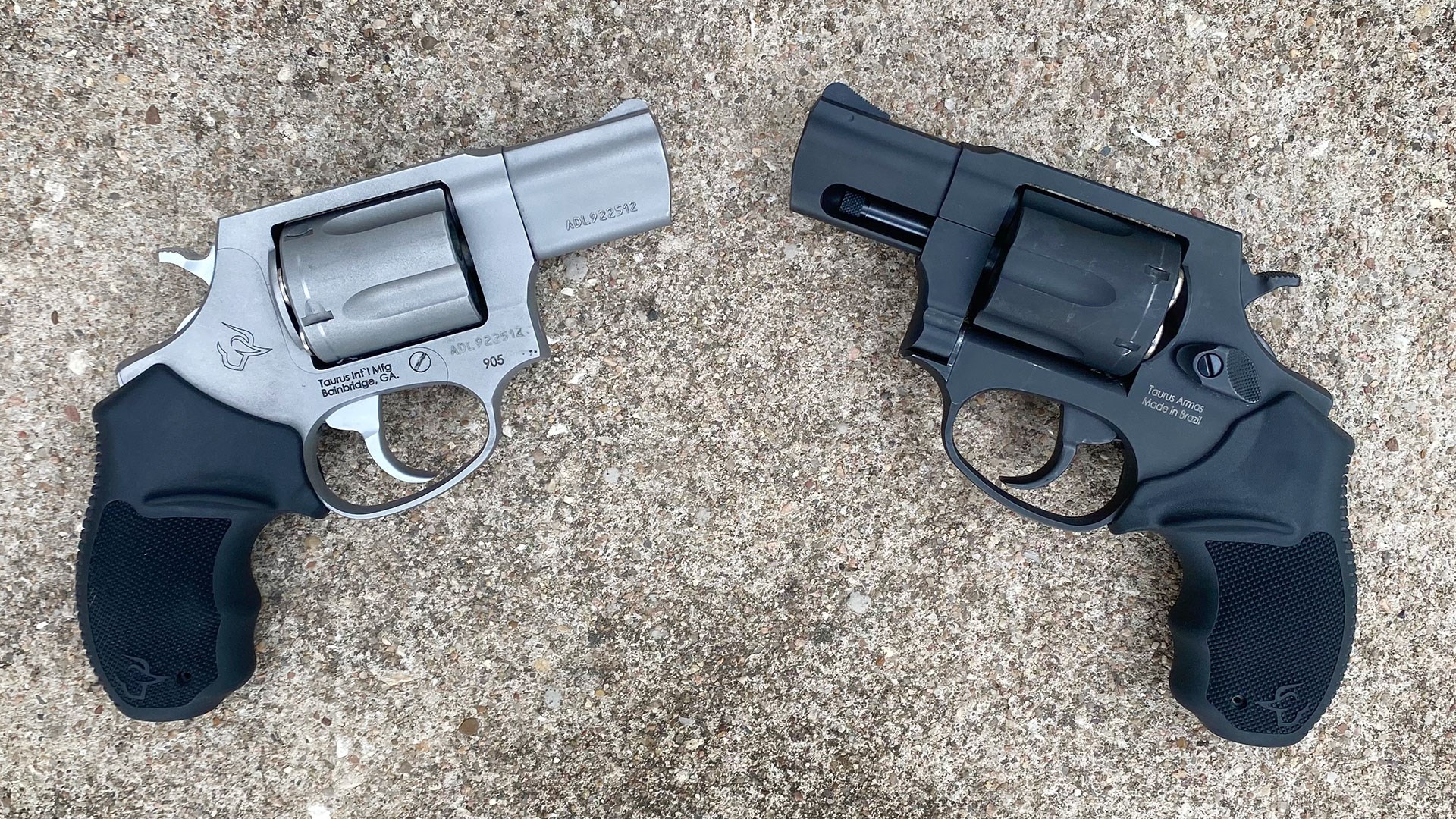
Background Information on 38 Special & 9mm
The .38 Special cartridge was first introduced in 1898 and was originally loaded with black powder which required a relatively long casing. Compared to modern smokeless powders, black powder is not only bulkier, but it also operates at lower chamber pressures. The 9mm cartridge dates back to 1901 and was designed by Georg Luger for use in his famous toggle-action pistols. Unlike the rimmed .38 Special, the rimless 9mm was designed to work with smokeless powders and higher pressures. Lengthwise, it is only a little more than half of the length of the .38 Special casing.
38 Special Vs 9mm on the Firing Line
Felt Recoil
Felt recoil can be subjective, but when it comes to shooting .38 Special vs 9mm in the “same” gun, the .38 Special will generally feel more pleasant to shoot. As outlined above, this is due to the pressures (and thus velocities) respective to either cartridge. Revolvers do not have springs or other recoil absorbing mechanisms, so all felt recoil is transferred into the shooter’s hands. Shooting snub revolvers makes recoil tolerance even more challenging as these smaller revolvers weigh less than full size versions and do not have the ballast needed to help absorb recoil. A reasonable comparison between the Taurus 856 and the Taurus 905 should result in shooters being more comfortable shooting the 856 about twice as much as the 905 when using defensive ammunition (like Federal Gold Medal Match .38 Special 148-grain wadcutters vs 147-grain 9mm Federal HST) or even range/training ammo (such as American Eagle .38 Special 158-gr LRN vs CCI Blazer 115 grain 9mm RN). is used. Both the Taurus 856 and 905 are all-steel revolvers that weigh 22.1 ounces, and for guns of their size this is a healthy weight.
Ammunition Management
Loading and unloading the 6-shot Taurus 856 revolver is straightforward, and no different than the typical normal sized revolver. Extra cartridges can either be carried in speed strips or speedloaders.
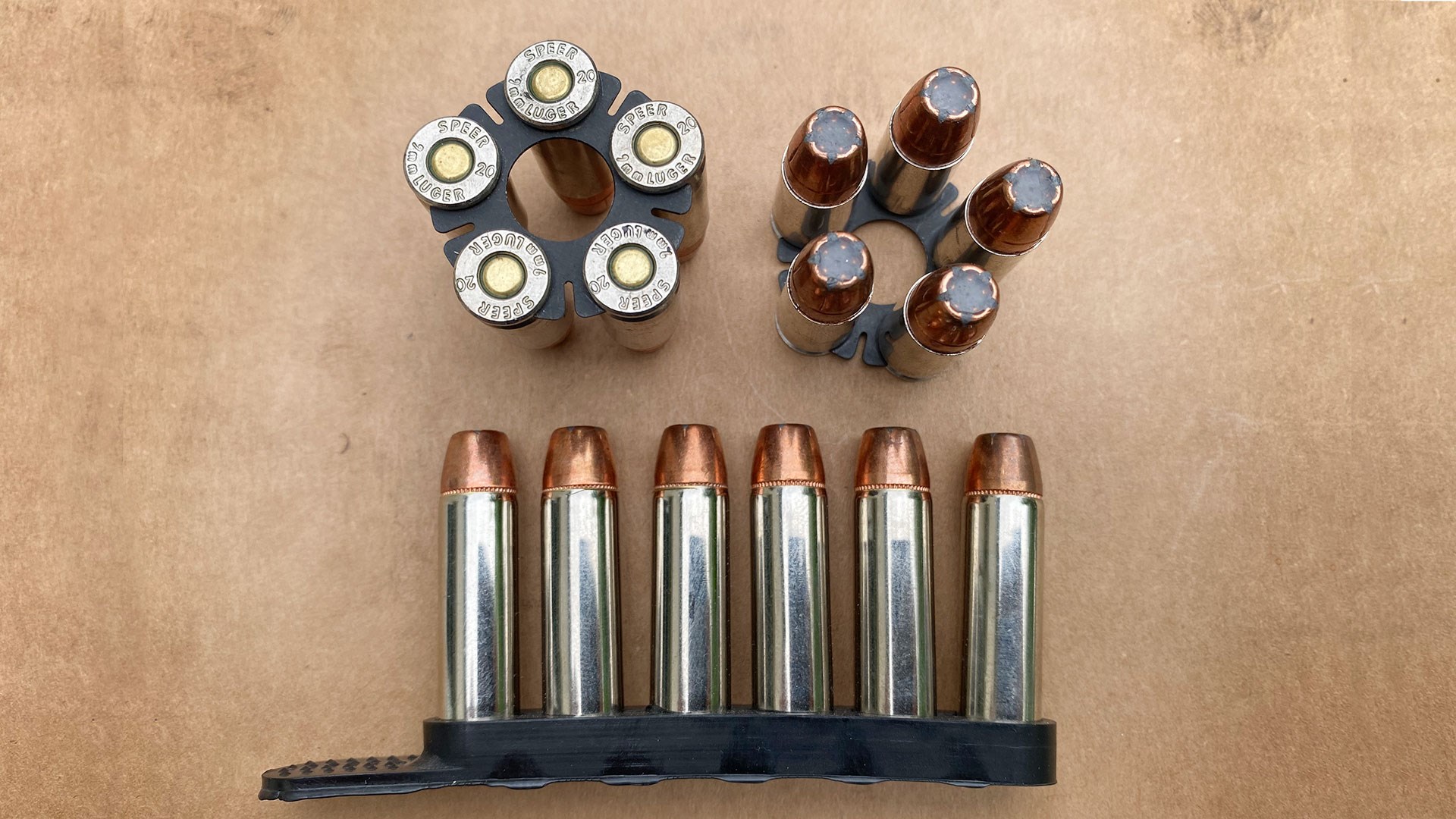
The Taurus 905 uses moon clips to work reliably, just like most other 9mm revolvers. Moon clips are not an issue per se, but they require a little extra attention. The great thing about moon clips is that loading and unloading revolvers is made quick and easy. All rounds are inserted or ejected simultaneously. This is why dedicated revolver competition shooters use them, even for rimmed rounds. On the flip side, separating empty casings from a fired moon clip by hand can get tedious and repetitive. And depending on the clips, shooters must also take care not to bend or warp them too lest they become a binding hazard between a revolver's cylinder and frame. Moon clips should be treated like magazines, in that one should keep plenty of spares and consider them consumable.
Bullet Pull
Bullet pull is a revolver phenomenon where bullets pull forward and away from the casing after receiving a jolt of sharp recoil. Also called “bullet jump”, it can obviously become a safety and reliability issue. In the case of 9mm revolvers, the bullet pull can occur when lighter guns fire lightly crimped, bulk cartridges. Personally, I have never had the problem with the Taurus 905 and bulk range ammunition, but it is something I keep an eye on. Revolvers in other calibers are not immune from bullet pull, but the issue often comes up any time 9mm snubs are discussed. Carrying premium defensive rounds that are securely crimped in place can mitigate this risk. Regardless of caliber or action, it is always best to vet carry ammo in that particular firearm.
The Cost Of .38 Special Vs 9mm
The flip side of managing .38 Special vs 9mm in a snub-nosed revolver is the cost of ammunition. The 9mm cartridge is obviously the most popular pistol cartridge in the world, and 9mm shooters enjoy better prices on 9mm in general. At the time of this writing, the standard 50 round box of 9mm full metal jacket “range or training” ammunition retails at brick and mortar locations for about $20. The equivalent ammunition for .38 Special retails on average for approximately $12 more, or around $32 per box of 50 rounds. Unless money is no issue or one already keeps a rotation of .38-caliber cartridges, starting from scratch as a .38 Special shooter today is going to be more expensive than sticking to 9mm firearms. Similarly, sourcing 9mm defensive ammunition is going to be easier and less expensive than sourcing .38 Special defensive ammunition.
The Pros and Cons
.38 Special:
Pros
- Less felt recoil than 9mm
- Extra round (Taurus 856 or Colts only)
- Easier to carry spare rounds
- Does not require the use of moon clips
- More makes and models to choose from on the market
Cons
- Rounds generally cost more and not as easy to source
- Not as ballistically efficient as 9mm
- Can be slower to reload unless speedloaders are used, but these can be bulky
9mm:
Pro
- Easier to source more affordable ammunition for training and carry
- Ballistically more efficient
- Faster to reload with moon clips than a .38 without speedloaders
Cons
- More felt recoil than .38 Spl
- Requires use of moon clips which must be carried in hard sided ammunition carrier to prevent warping of clips
- The potential for reliability issues due to bullet pull
While I certainly enjoy shooting both the 856 and the 905, but my personal preference leans towards the .38 Special 856. Not only does it hold one extra round, but also no moon clips are needed. With present economic uncertainty, however, there is a strong case to make for a snub revolver chambered in 9mm. Quite frankly, it is the more affordable of these two calibers. Once a shooter gets past initial additional costs of investing in more moon clips and hard sided ammunition carriers, they will enjoy the benefits of training and carrying more affordable rounds.












